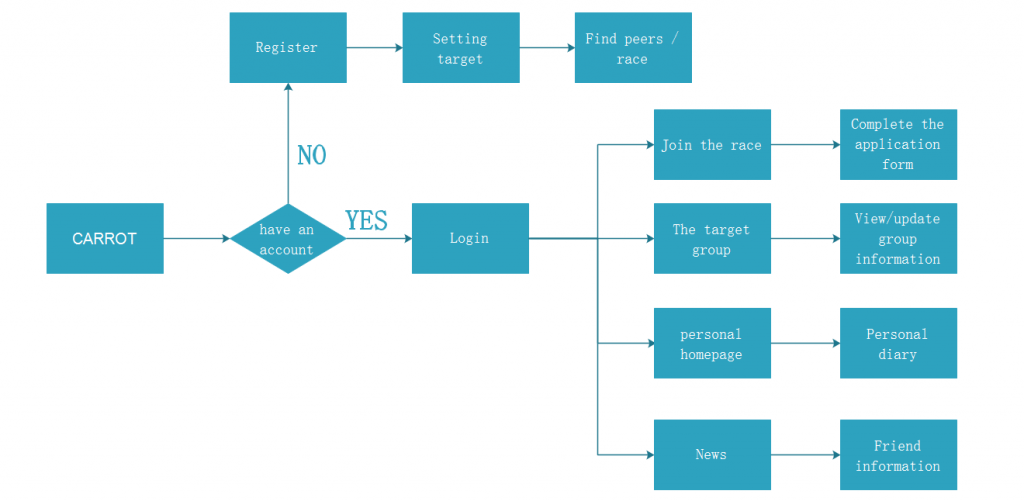Carrot taps into several aspects of human motivation. In this post we will talk about three areas in which the academic literature supports Carrots design: competition, financial incentives, and the importance of community.
Competition
Burguillo (2010) introduced a concepts called Competition-based Learning (CnBL) which was applied to university courses. CnBL was added to courses in computer programming by adding competitive events as part of the course. Surveys given to students afterwards showed that the competitive element increased their motivation.
Carrot’s competitive aspects has the purpose demonstrated by Burguillo: to create motivation to achieve one’s goal. Competition has the ability to make a task which may feel like shore, such as doing coursework in a programming course or going for a run, and make it a more interesting activity. While friendly competition is a cornerstone in Carrot, there are other powerful motivations built into Carrot.
Financial incentive
Carrot’s betting aspect provides not only a framework for competition, but also a financial incentive to reach a goal.
The effects of financial incentive on exercise habits has been studied. Charness and Gneezy (2009) conducted a study where university students were offered incentives to go to the gym. The study had three groups. One group received no incentive to go to the gym. The second and third group was promised $25 one week later if they had attended the gym at least once in the interim. When the participants returned one week later the third group was promised $100 if they attended the gym at least 8 times the next 4 weeks. The results clearly showed that the financial incentives served to signifiantly increase gym attendance. Interestingly, this effect remained after the 5 weeks of the intervention. For Carrot this suggests that the chance of winning the race will help users to acheive their goal. It also means that winning encourages users to sign up for another race.
These results has been replicated by Aceland and Levy (2010) and Babcock and Hartman (2010). Babcock and Hartman also showed the effect of another important part of Carrot: the effect of having a community.
Community
Babcock and Hartman’s study started with documenting all participants’ social connections. Hence, they noted what participants knew other participants of the study. The participants were then randomly assigned to be offered an incentive or not. Their findings show that the participants who had friends that were also incentivised went to the gym significantly more often than the those who didn’t.
Similar results have been found in other studies. Resnick et al (2002) investigated the effects of social support on exercise habits in older adults. They found that social support affected exercise habits through self efficacy and outcome expectations.
For Carrot, these results suggest that the social aspect of a race is important. Carrot encourages people with similar goals to interact and create a community. These studies lets us think that even without the competative element, Carrot would still tap into the benefits of a social network when attempting to acheive fitness goals.











